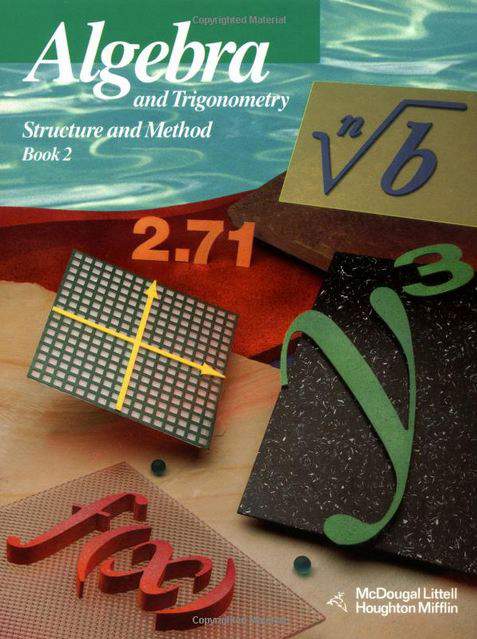Connecting...

This is a quick preview of the lesson. For full access, please Log In or Sign up.
For more information, please see full course syllabus of Algebra 2
For more information, please see full course syllabus of Algebra 2
Algebra 2 Solving Radical Equations and Inequalities
Lecture Description
In previous lessons, we've learned techniques in working with radicals. Now we're going to use those techniques to solve radical equations and inequalities. Radical equations contain radicals with variables in the radicands. To solve a radical equation, raise both sides of the equation to the power equal to the index of the radical. This will eliminate at least one radical. If a radical remains in the new equation, repeat the process. Sometimes a solution obtained does not satisfy the original equation; they are called extraneous solutions. Radical inequalities are very similar to radical equations, and you'll learn how to solve them in this lesson.
Bookmark & Share
Embed
Share this knowledge with your friends!
Copy & Paste this embed code into your website’s HTML
Please ensure that your website editor is in text mode when you paste the code.(In Wordpress, the mode button is on the top right corner.)
×
Since this lesson is not free, only the preview will appear on your website.
- - Allow users to view the embedded video in full-size.
Next Lecture
Previous Lecture









































 Carleen Eaton
Carleen Eaton Grant Fraser
Grant Fraser
 Answer Engine
Answer Engine



1 answer
Sun Jul 8, 2018 1:04 PM
Post by Okwudili Ezeh on June 27, 2018
In example 4, why are you writing b as 2 rather than -2.
1 answer
Last reply by: Shiden Yemane
Sat Feb 10, 2018 11:04 AM
Post by Shiden Yemane on February 10, 2018
On example 4, you wrote the radicand to be x+2. Shouldn't it be x+21?
Thanks